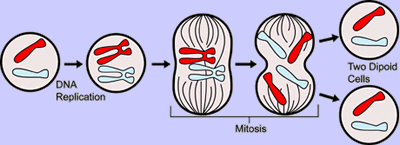A diagram of the process of cell division by mitosis.
Click on image for full size
Courtesy of National Center for Biotechnology Information, NIH
How New Cells Are Made
Some organisms, like animals and plants need to make more cells to grow larger. To grow, one cell divides into two identical cells. Other organisms, like protists, have only one cell. They can reproduce by splitting their one cell into two or more.
Before dividing, the cell’s genetic material, called chromosomes, needs to duplicate forming two identical sets. The two sets of chromosomes are divided during a process called mitosis, which is a four-step process.
Step 1:
During this step the cell gets ready. Duplicated chromosomes are held together and change from thin threads into thick rods. Fibers form to help pull the pairs of chromosomes apart.
Step 2:
The thin wall called a membrane that surrounds the nucleus brakes apart. The chromosomes are no longer trapped within it. Instead, they line up at the middle of the cell. The fibers become stronger and attach at both ends of the cell as well as to each chromosome.
Step 3:
During this step, the action really happens! Those thick fibers attached to two ends of the cell pull the chromosomes into two groups.
Step 4:
A membrane forms around both groups of chromosomes and the rest of the cell begins to divide. With the same genetic material, these two cells are just like the one they were made from!
Last modified April 13, 2004 by Lisa Gardiner.
You might also be interested in:

Kingdom Plantae has almost 300,000 different kinds of plants. Plants are found all over planet Earth. They can live in fields, in swamps, in oceans and in the desert. They can live where it is hot and
...more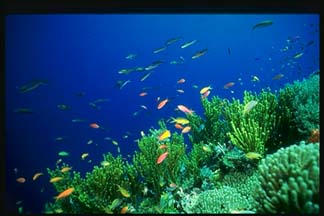
Members of the Kingdom Protista are an unusual group of organisms that were put together because they don't really seem to belong to any other group. Some protists look or act like plants, others look
...more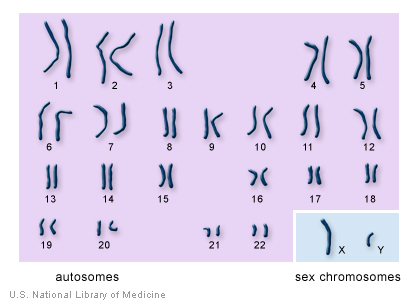
Do you look a bit like your brothers or sisters? Do you look a bit like your parents? You may look alike because, unless you were adopted, you and the other members of your family have genes in common.
...more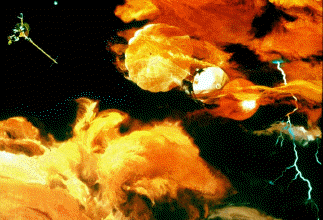
Jupiter's atmospheric environment is one of powerful winds, going 250 miles per hour, and temperatures from -270 degrees to +32 degrees (freezing temperature). These winds make it hard for life forms to
...more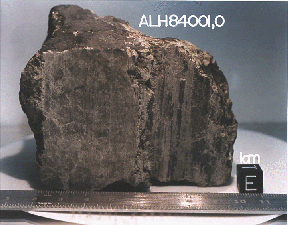
In July, 1996 a team of scientists said that they had discovered possible fossils of bacteria in a meteorite named ALH84001 that came from Mars. It was found in Antarctica in 1984 after having landed there
...more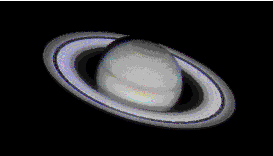
Saturn's atmospheric environment is one of powerful winds, going 250 miles per hour, and temperatures from -270 degrees to +80 degrees. With winds like these, it is hard to have peace and quiet. The region
...more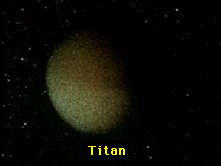
The air of Titan is a lot like the Earth's, except that it is very cold, from -330 degrees to -290 degrees! Like the Earth, there is a lot of Nitrogen and other complex molecules. There also may be an
...more


